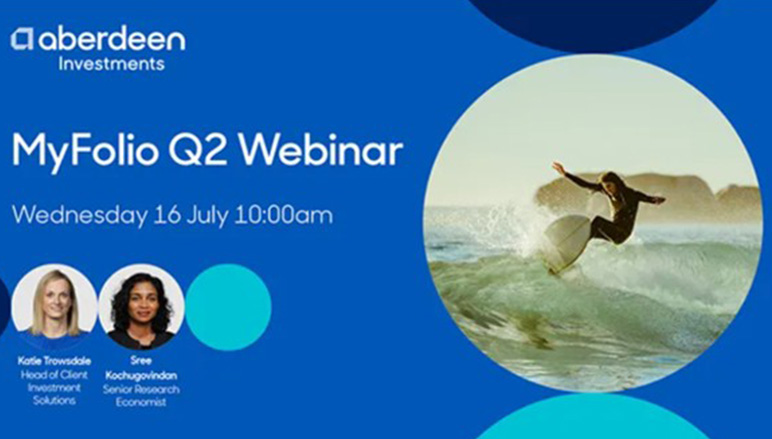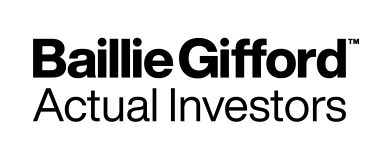As index funds smash records, their influence on pricing in global stock markets is increasing. Can active managers put up a credible defense?
- Passive funds have become increasingly dominant during 2019
- Their influence is being seen in market pricing, with super-normal returns from index heavyweights
- There are problems inherent in the rise of passives, but actives must present a credible defense
2019 saw index funds smash through the $10 trillion level, as active managers struggled to make headway. Data from Morningstar shows significant inflows plus the market recovery lifted passive assets to $11.4 trillion by the end of November – 5x the level of a decade ago.
This presents a challenge for active managers, not just in terms of lost assets, but also in terms of the way they invest. While there has undoubtedly been growth in smart beta and factor investing, market weighted equity funds continue to dominate. In 2019, three ETFs drew in more than $12 billion each: the Vanguard Total Stock Market ETF, the iShares Edge Minimum Volatility USA ETF and the Vanguard S&P 500 ETF.
The strength of passives has influenced which companies and sectors have performed well and badly in 2019. It is difficult not to attribute the strength of Apple’s share price in the face of lacklustre earnings to its dominance of the major indices. A similar phenomenon has been seen with Microsoft, although its financial performance has been stronger.
For active managers, it means that in the short-term at least, share prices are not following fundamentals. Instead, large companies are getting larger for no other reason than they were large to start with. Active managers will argue that this is temporary and fundamentals will emerge over the long-term, but if passive continues to dominate fund flows, this becomes a harder argument to make.
There are mutterings that passive fund dominance could impede price discovery and prevent capital moving to the strongest companies. Instead capital is directed at large companies without the capacity to grow. There are also real concerns about corporate governance. Can a passive provider charging a few basis points in fees sustain a sufficiently robust ESG monitoring function?
In theory, this should present opportunities for the active manager. However, the Woodford scandal has dealt the industry a heavy blow. Blaming everyone from the press to Link Asset Services while taking millions in dividends, Neil Woodford and Craig Newman have exposed the ugly underbelly of active management and other fund managers will need to be clear how they are different.









